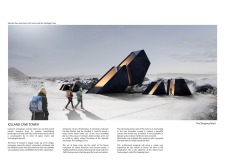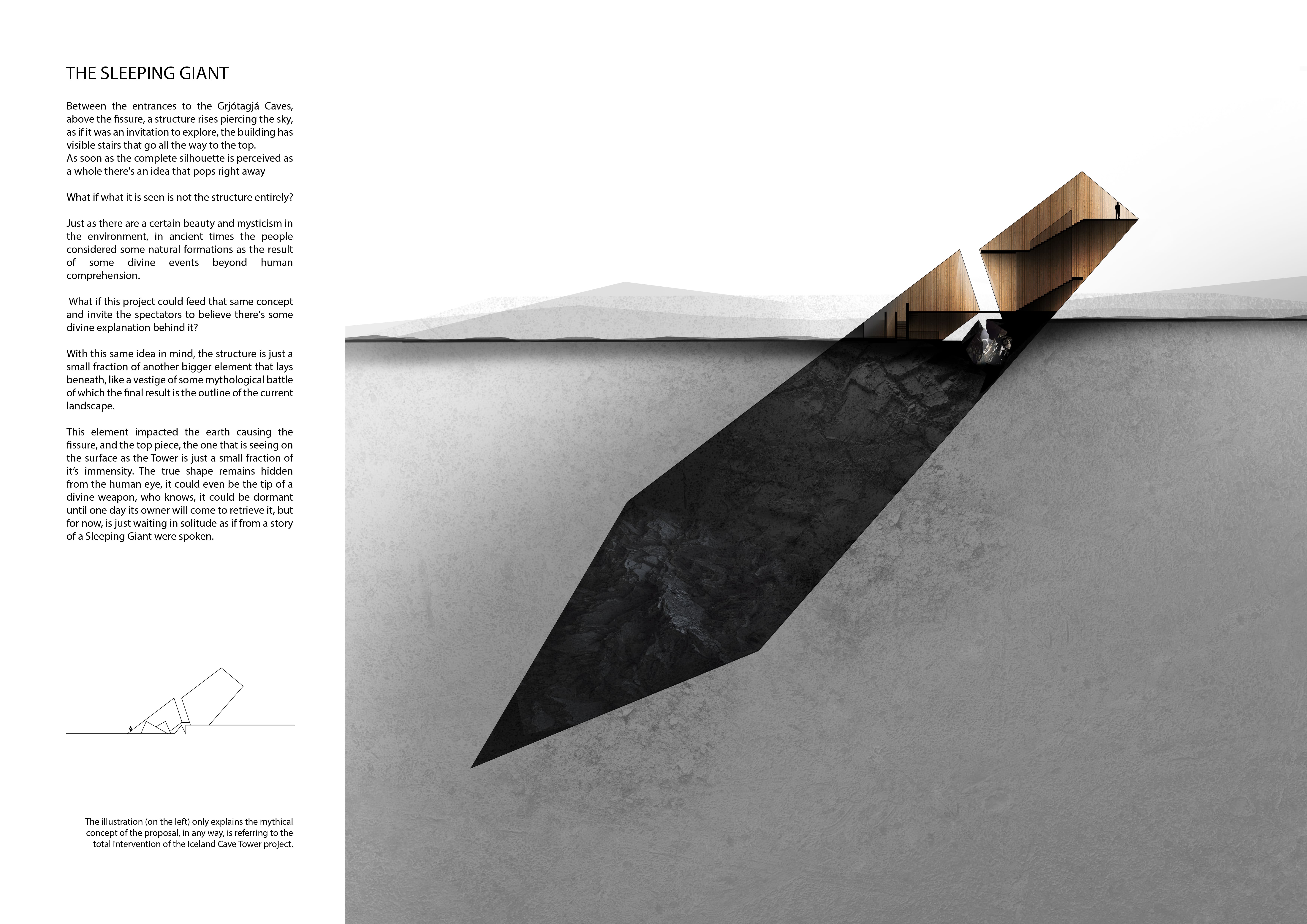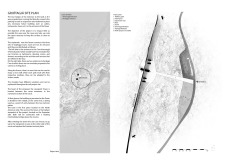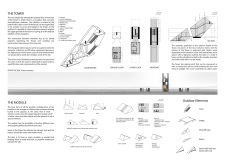5 key facts about this project
The primary function of the Greenland Cave Tower is to serve as an educational and observational facility. The design features a multi-faceted structure that accommodates a range of visitor activities, including informational exhibits, rest areas, and viewing platforms. This approach not only enhances visitor experience but also encourages engagement with the unique geological environment and its mythical resonance.
Key aspects of the project include the form and materiality of the tower, which draws upon the characteristics of Iceland's volcanic landscape. The architectural design is characterized by angular forms that echo the natural topography, ensuring that the structure maintains a visual relationship with its surroundings. The main tower rises prominently, designed to capture unobstructed vistas of the neighboring craters and lakes. It serves as both a landmark and a point of reference in the landscape, integrating seamlessly with the terrain.
The choice of materials plays a significant role in the project’s connection to the environment. Local volcanic stone is employed for the exterior, offering durability and a visual connection to the landscape’s geology. In addition, timber elements are utilized for internal spaces to provide warmth and comfort, while concrete forms a stable foundation necessary for enduring the region's climatic challenges. The use of glass enhances natural light within the structure, creating an inviting atmosphere for visitors and maintaining visual continuity with the outside world.
An important detail of the design is the strategic layout that promotes accessibility and logistic efficiency. Visitors access the facility via a well-designed pedestrian path, leading to the main tower and its associated modules. The carefully planned circulation encourages exploration and surprise, allowing visitors to discover various features of the project organically. The inclusion of a viewing bridge further enriches the experience by providing an elevated perspective of the surrounding volcanic landscape, reinforcing the project's connection to Iceland's geological identity.
What sets the Sleeping Giant apart is its commitment to sustainability and respect for the environment. The architectural design incorporates rainwater collection systems and utilizes resources that significantly minimize the structure's ecological footprint. This sustainable approach not only supports the longevity and function of the building but also exemplifies a growing trend in architecture: an emphasis on environmental stewardship.
Moreover, the design draws inspiration from Icelandic mythology, shaped by the belief that the land is alive with stories and spirits. The title "Sleeping Giant" reflects this narrative thread, suggesting a connection between the structure and the myths associated with the land. This cultural layering adds depth to the architectural experience, encouraging visitors to engage with both the physical and mythological dimensions of the landscape.
The Iceland Cave Tower project encapsulates a thoughtful fusion of architecture, nature, and culture. By engaging visitors with the unique characteristics of Iceland’s geography and mythology, the design not only serves its functional purpose but also enriches the broader narrative of the landscape. For a more comprehensive understanding of its architectural plans, architectural sections, and architectural designs, readers are encouraged to explore the project presentation further. By delving into the details of the architectural ideas behind the Sleeping Giant, one gains insight into a structure that thoughtfully embodies the essence of its geographical context.


























